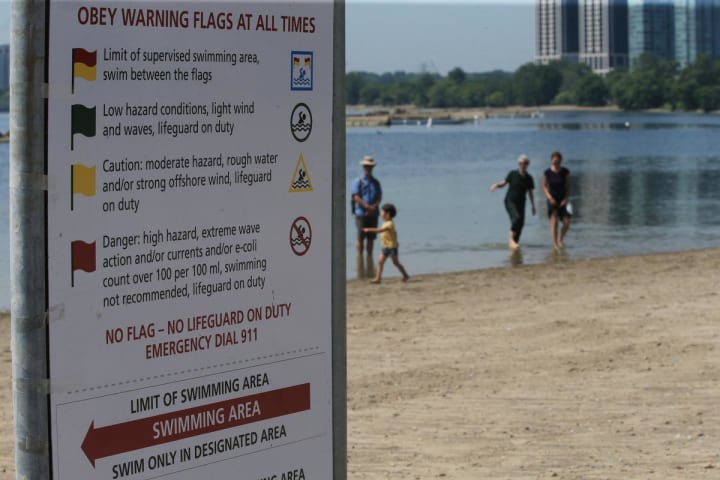Entities
View all entitiesCSETv1 Taxonomy Classifications
Taxonomy DetailsIncident Number
290
Risk Subdomain
7.3. Lack of capability or robustness
Risk Domain
- AI system safety, failures, and limitations
Entity
AI
Timing
Post-deployment
Intent
Unintentional
Incident Reports
Reports Timeline

A safe water advocacy group is concerned for the health of Toronto beachgoers after the city’s new water quality monitoring system appears to have repeatedly allowed contaminated beaches to remain open.
This summer, the city quietly adopted…

Earlier this year, Toronto's public health department quietly flipped the switch on an experiment targeting the city's most pollution-prone beaches.
Instead of relying on day-old laboratory tests to ensure that people don't swim in unsafe w…

Toronto recently used an AI tool to predict when a public beach will be safe. It went horribly awry.
The developer claimed the tool achieved over 90% accuracy in predicting when beaches would be safe to swim in. But the tool did much worse…


